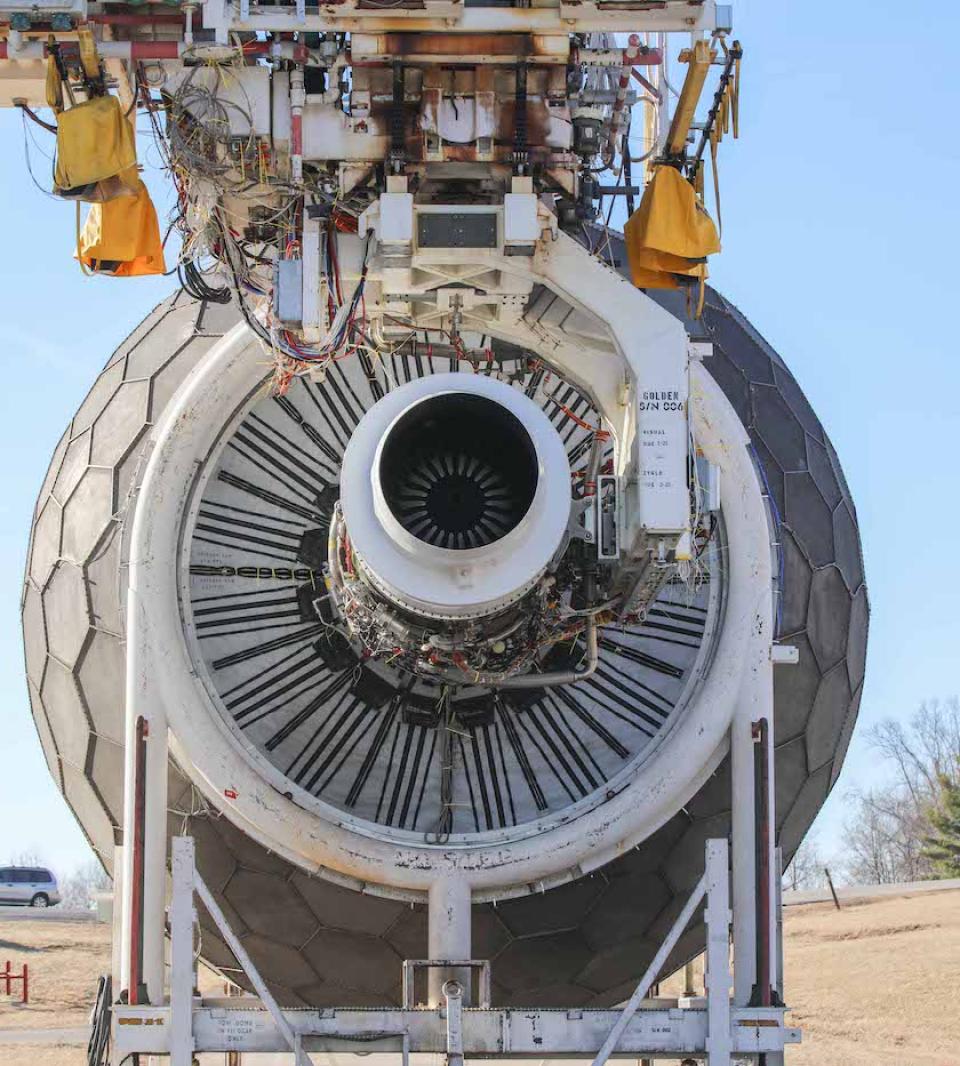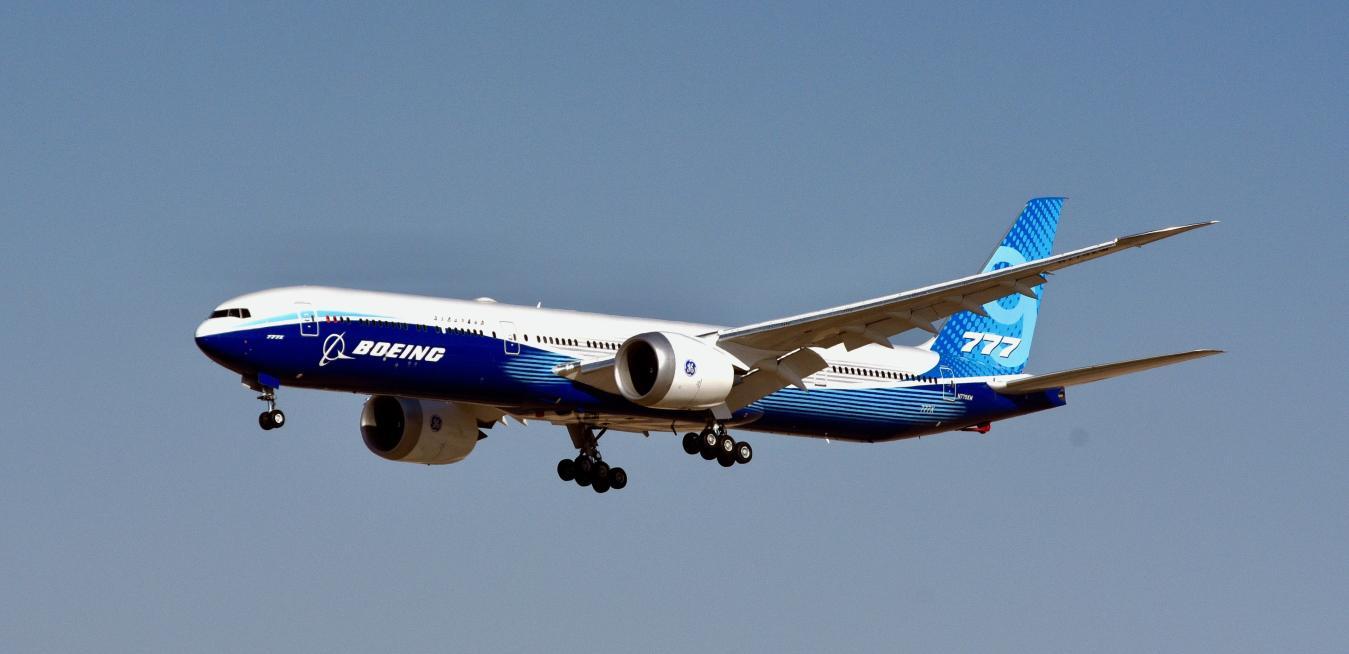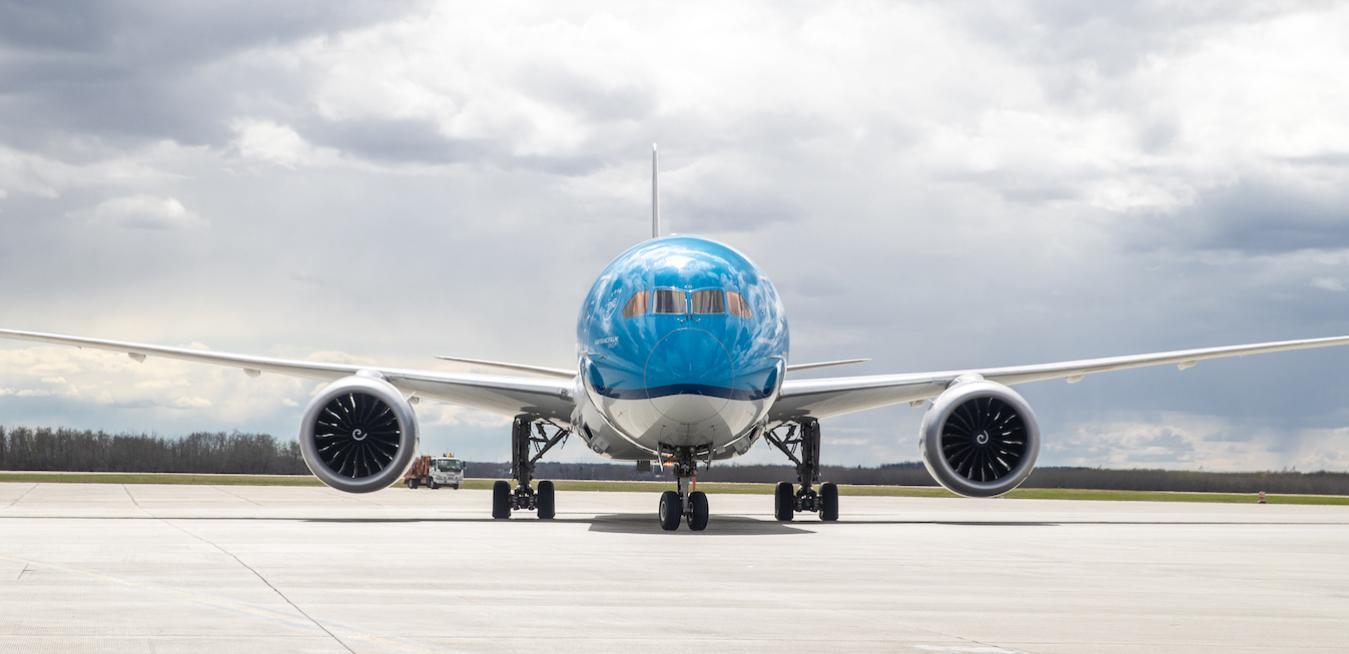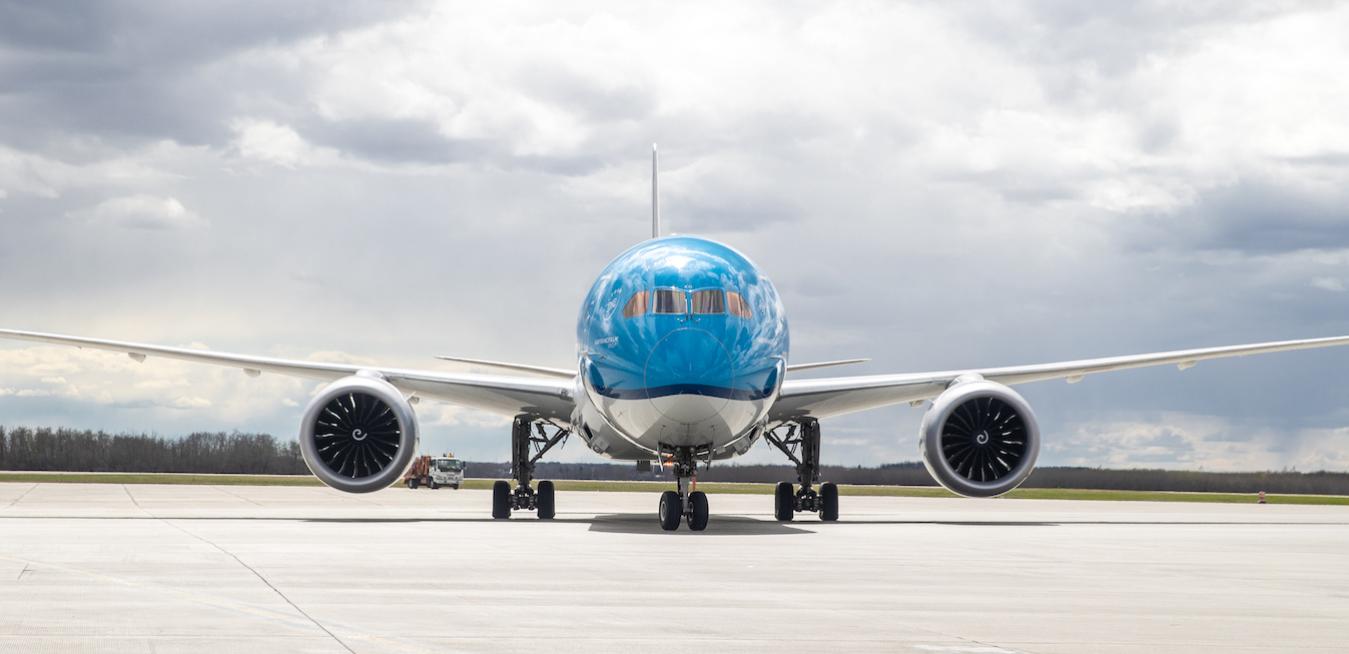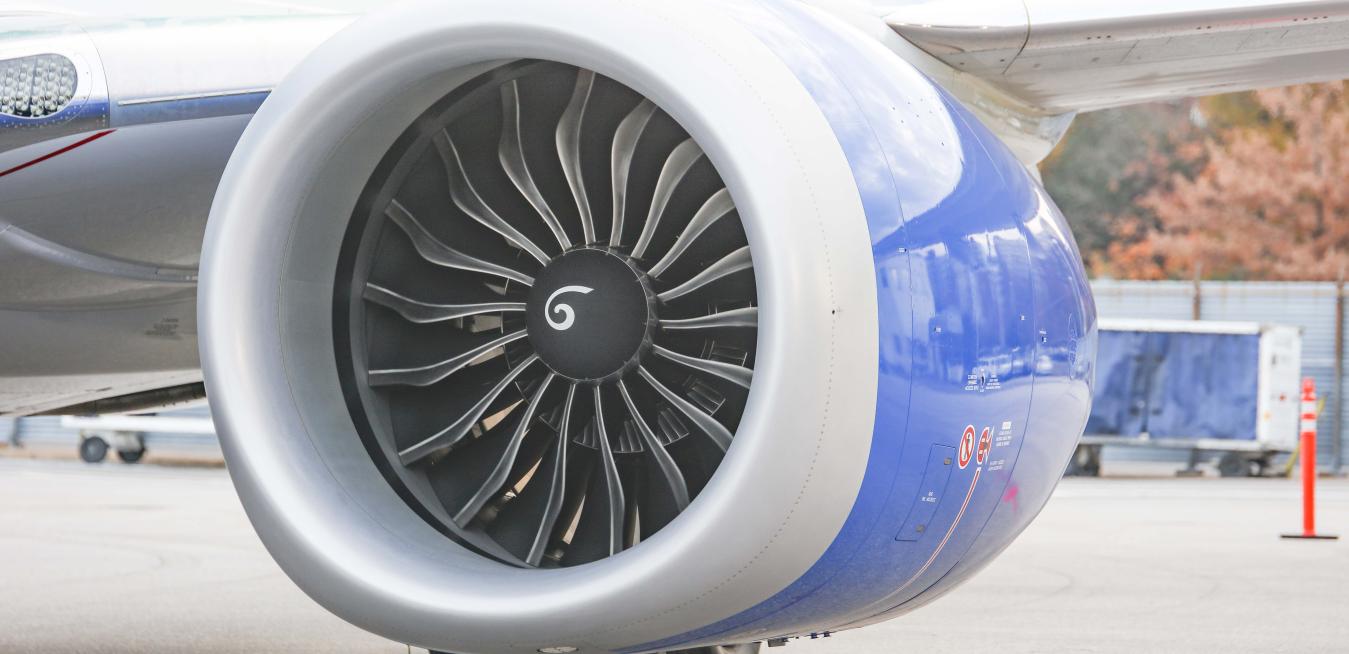Sustainable aviation fuel (SAF) and technology superfans, unite. In the aviation industry there’s a need for both in the move toward lower CO2 emissions.
In the SAF corner, the alternative jet fuel has the potential to replace petroleum-based jet fuel, reducing CO2 emissions from how it’s made. SAF also has the potential to make the biggest impact on reducing aviation emissions toward reaching net zero by 2050.
“We can’t imagine a world without flight, and yet we can’t live with the pollution that it produces,” U.S. Energy Secretary Jennifer Granholm declared last week at the Global Clean Energy Action Forum (GCEAF) in Pittsburgh. The topic: “Sustainable Aviation Fuel: Taking Off Across the Globe.”
It’s been four years since aviation fans, industry executives, aerospace engineers and investors last descended on the local airport in Farnborough, a quiet town about an hour southwest of London. Normally, the Farnborough International Airshow takes place every two years, alternating with the Paris Air Show. Together, they are the focal point for the aerospace industry. The pandemic disrupted this rhythm, but starting Monday the Farnborough show is back on track.
Aviation accounts for about 2.5% of global carbon emissions. That’s why GE Aviation, CFM International — a 50/50 joint company between GE and Safran Aircraft Engines — and their airline industry and government partners are working hard to come up with solutions to reduce flight’s carbon footprint. As GE unveils its 2021 Sustainability Report, we looked back at some of this year’s biggest developments, which include sustainable aviation fuel, software that improves efficiency, hybrid electric propulsion, hydrogen fuel and other technologies.
Countries and companies have been looking for ways to cut carbon, and the aviation industry, which contributes about 2% of global carbon emissions, is no different. In 2021, the Air Transport Action Group, whose members include GE Aviation, declared the aviation industry’s commitment to a goal of net-zero carbon emissions by 2050.
In 2020, after the COVID-19 pandemic had all but halted global air travel, about 50 KLM Royal Dutch Airlines employees began brainstorming big ideas to present to company leadership. One of these Bold Moves initiatives launched this spring. The Sustainable Flight Challenge will have KLM and 15 other carriers — all members of the SkyTeam Airline Alliance — operate 22 flights with the goal of beating their own personal bests in reducing carbon emissions. They plan to share all data they gather during the flights freely within the aviation industry to drive innovation.
Speaking at the Techonomy Climate 2022 conference in Mountain View, California, on Tuesday, Roger Martella, GE’s chief sustainability officer, wanted to quickly underscore what brought him there: “I think history will look back on this day, this month, this year, and say this was the era of climate innovation,” he said.
When Mimmo Catalano was 5 years old, his dad took him to work at his office, at an airport in Sardinia, and the boy’s imagination was captured. Today Catalano is a 16-year veteran of Etihad Airways, and last October he captained a long-haul flight from London to Abu Dhabi that was like none before it. The Boeing 787-10 Dreamliner, powered by GE Aviation’s GEnx engines, produced carbon emissions 72% lower than those on a typical flight.
When GE released its Sustainability Report last June, it made a commitment to becoming carbon neutral in its own operations by 2030, and announced an ambition to be net zero by 2050, including Scope 3 emissions from the use of sold products. GE’s technology and its long innovation tradition are already helping customers find new ways to deal with looming challenges like the energy transition to address climate change. Take a look at our list.
Hello, Hydrogen
Some big ideas begin their life as a sketch on a napkin. You might say that a recent commercial flight that could help the aviation industry reduce its carbon footprint had only a slightly less humble beginning: It popped into existence as a PowerPoint slide during a video call.






